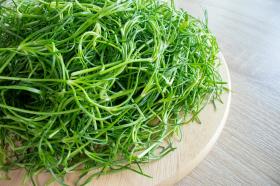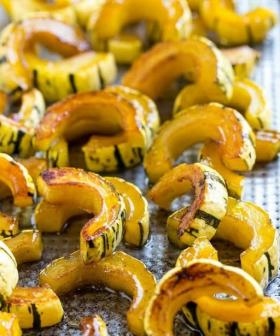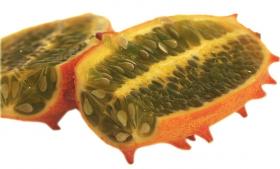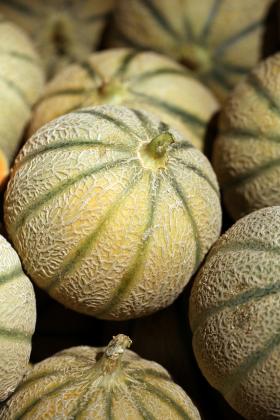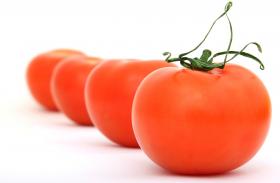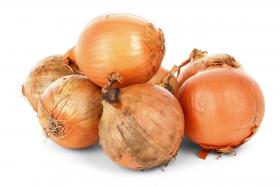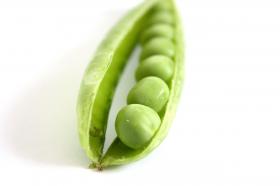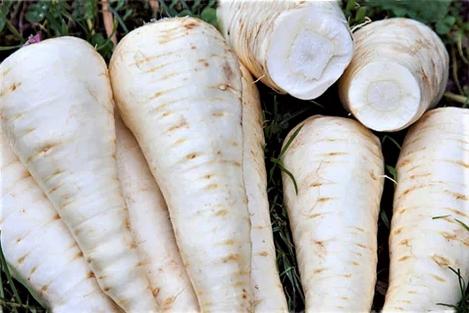
PARSNIP - WHITE GEM, regular seeds - not treated and non-gmo
Pastinaca sativa
Parsnip 'White Gem' very popular with home gardeners. With shorter roots than some other varieties and fine, white smooth skin, it has considerable resistance to canker and is highly recommended for use on all soils.Sowing: Sow February to May
Parsnip seeds have a very short vitality; fresh seed should be secured each year.
If you are going to sow as early as February or March, you may wish to warm the soil with cloches or similar, leaving them in place until the seedlings have developed two true leaves. Sowings made in late March to early May should not need a cloche.
Parsnip germination rates can be low and seeds germinate slowly. It can be difficult to get a full row of seedlings. However, once parsnips have germinated they are really easy to grow. Soaking the seed overnight may help to hasten germination.
Sowing Direct - The traditional method:
Sow three or four seeds at 15cm (6in) intervals, 13mm (0.5in) deep in rows 25 to 30cm (10 to 12in) apart. When the seedlings are about 2.5cm (1in) high thin out to leave one seedling per 15cm (6in) station. Don’t leave this job long as they need room to grow.,
It is wise to mulch the rows after planting as the soil must remain cool and moist during the germination period when the seeds are in danger of drying out. Water regularly.
Weed using a hoe or by hand but be careful not to disturb the young seedlings.
You may also consider planting radish seed along with the parsnips; they will mark the row and keep the crust from hardening, making life a little easier for the parsnip pushing through. As the radishes become of edible size, use them and weed and thin the parsnip seedlings to stand 6 inches apart
Packet 60 seeds
See also:
3.99 €Out of stock
3.90 €Out of stock
2.34 €Out of stock
2.99 €Out of stock

